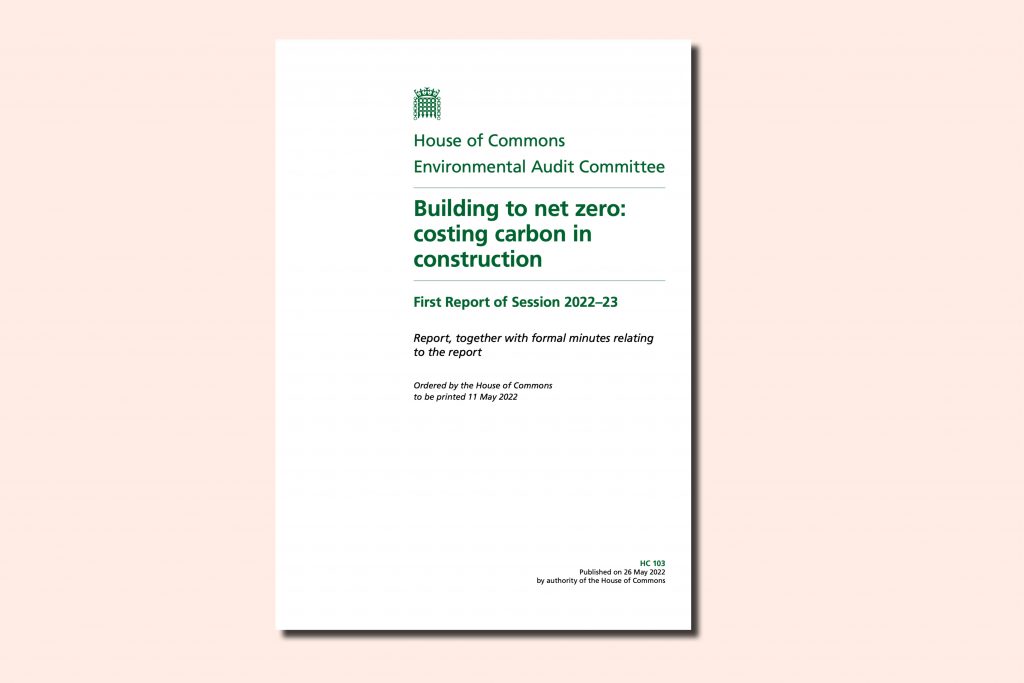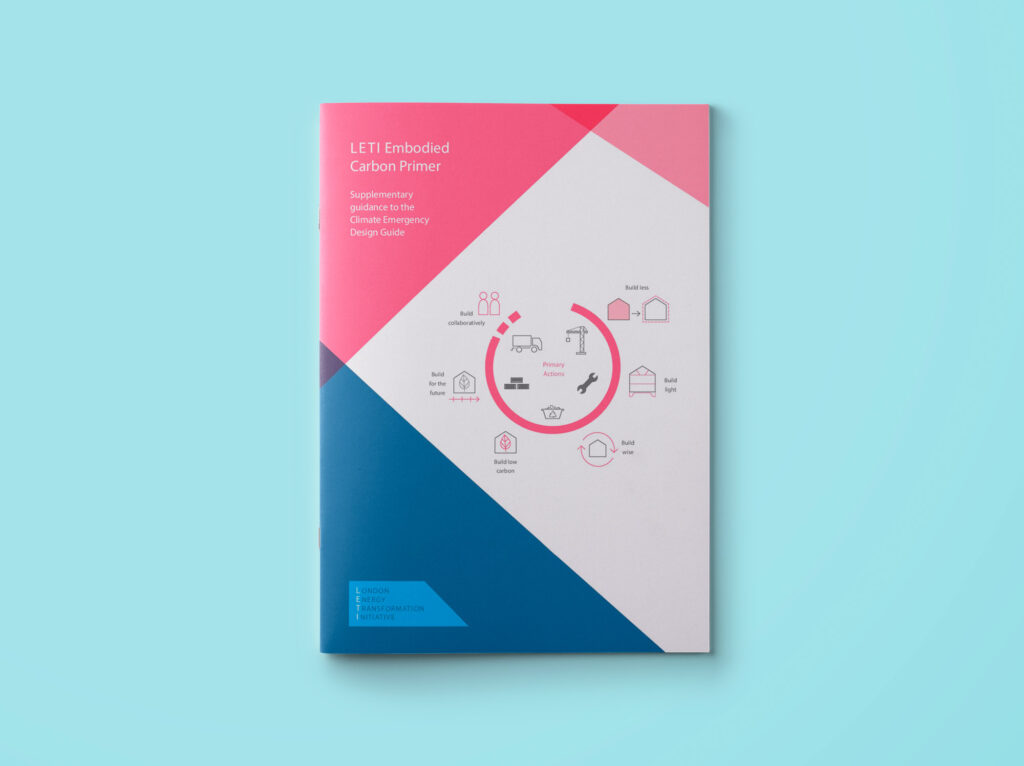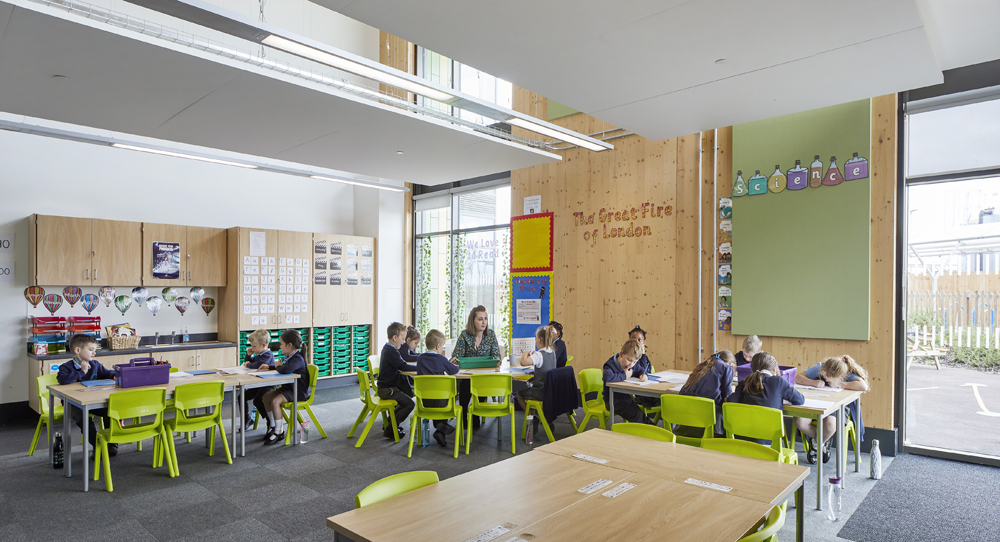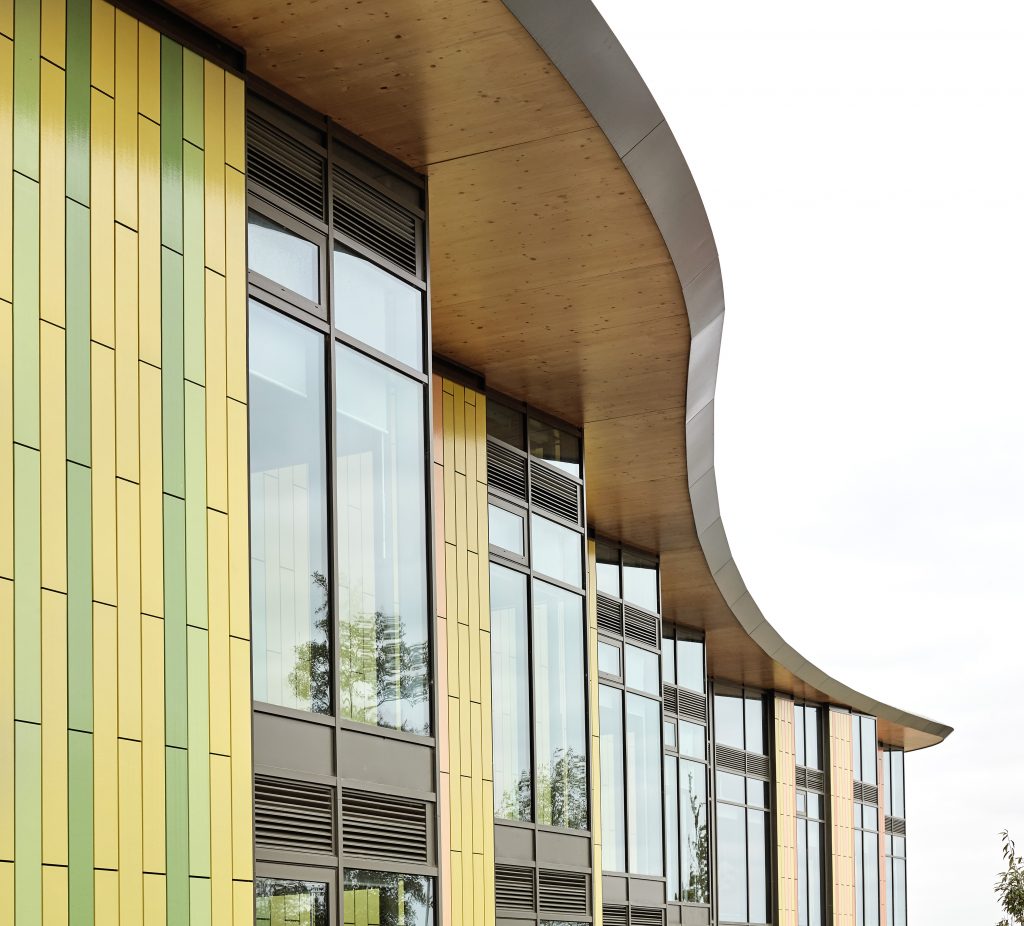Fortunately, where government guidance is still lacking, built environment professionals have been furiously working over the past few years towards this goal.
Myself and industry colleagues have been busy developing the LETI Embodied Carbon Primer, the LETI Climate Emergency Design Guide (both 2020), the Architects Declare Practice Guide (2021), ACAN’s Regulate Embodied Carbon report and the UKGBC’s Net Zero Whole Life Carbon Roadmap (2021). So it is fantastic to see these documents and many more recommendations made by the built environment sector endorsed by the Environmental Audit Committee – a cross-party group – in this report.
A range of industry experts were invited to give evidence directly to the Committee, including Louisa Bowles on behalf of LETI, Dr Joe Jack Williams, Dr Alice Moncaster, Jane Anderson and so many more, while the Committee were advised by carbon-expert Simon Sturgis. dRMM are proud to have been involved in developing evidence statements and to have played a very small part alongside so many of our peers – truly a collective effort. It is very clear from the breadth and calibre of respondents that there is real consensus that built environment professionals already have the knowledge and tools to be able to do what is necessary for the planet.












